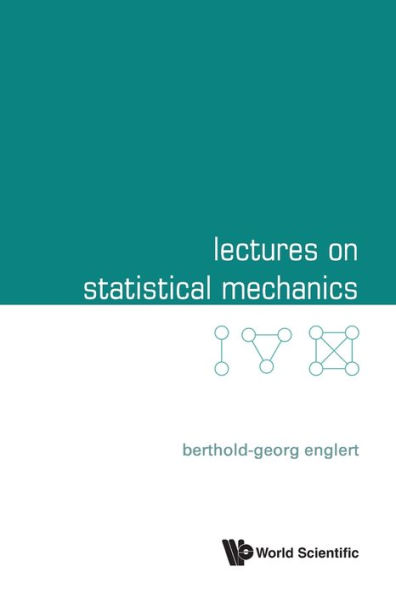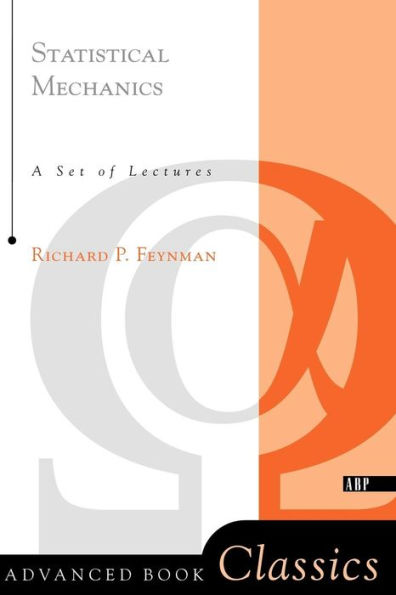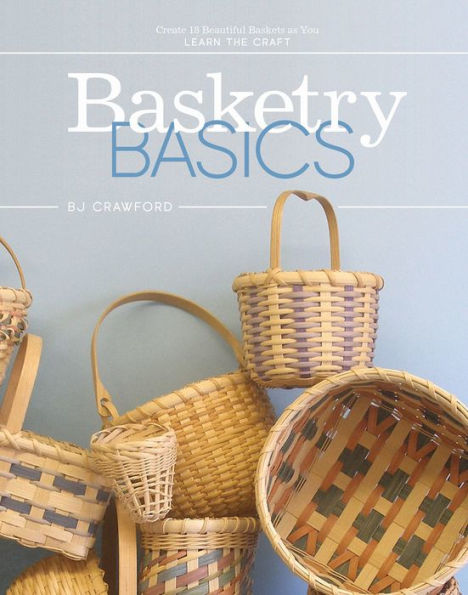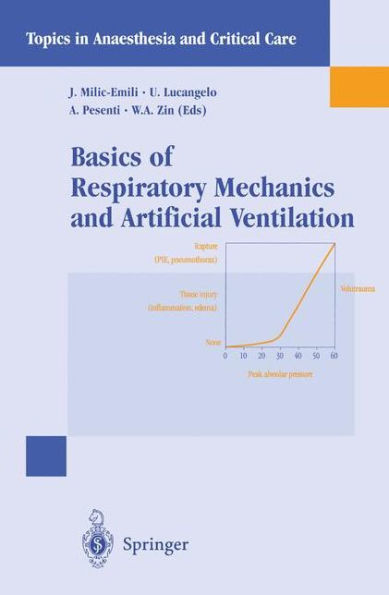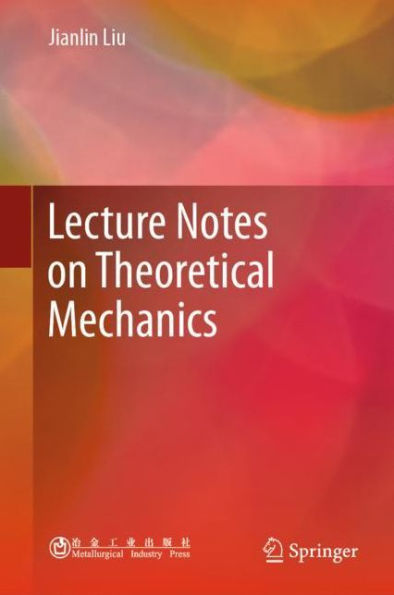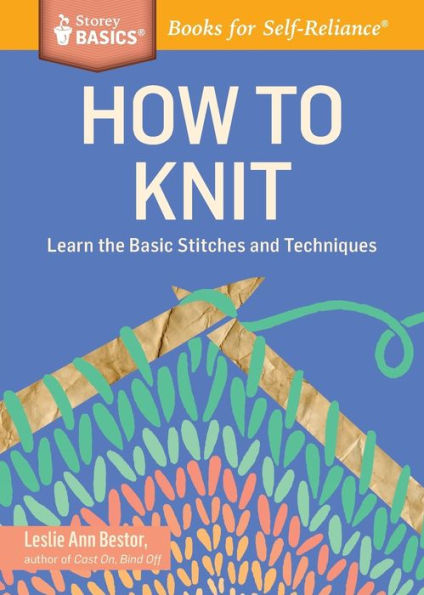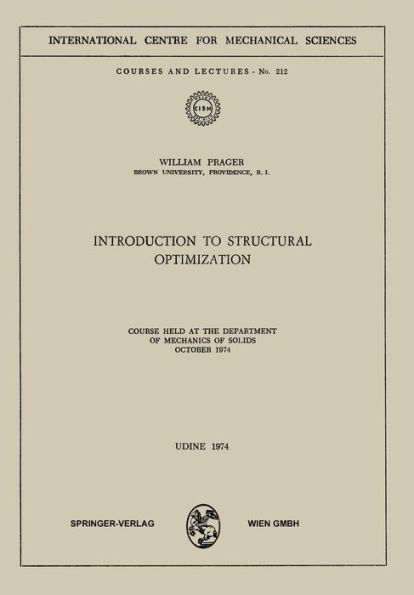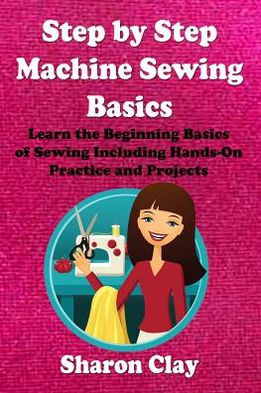Home
Solid Mechanics: Learn the basics in 18 lectures:
Barnes and Noble
Solid Mechanics: Learn the basics in 18 lectures:
Current price: $45.00
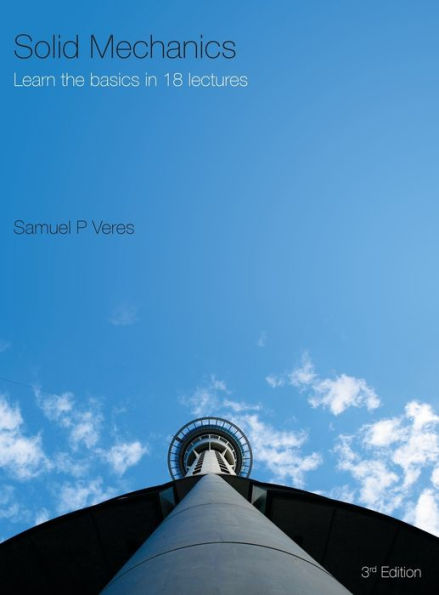

Barnes and Noble
Solid Mechanics: Learn the basics in 18 lectures:
Current price: $45.00
Size: OS
Loading Inventory...
*Product information may vary - to confirm product availability, pricing, shipping and return information please contact Barnes and Noble
Traditional textbooks are difficult to learn from. Solid Mechanics: Learn the basics in 18 lectures is different. With clear, concise language and easy-to-follow examples, the fundamental concepts of introductory mechanics of materials are presented in 18 short, lecture-style chapters. Each chapter contains an abundance of graphics, with concepts taught through a series of drawings integrated with short paragraphs of supporting text, aiding visual learning. Four to seven assignment problems are provided at the end of each chapter to practice the concepts that have just been covered. Detailed hand-written solutions for each of the 92 assignment/practice problems are available for download (Solution Manual for 3rd edition of Solid Mechanics: Learn the basics in 18 lectures).
This textbook is ideal for new undergraduate engineering students who are learning mechanics of materials for the first time, or as a reference for more advanced engineering students or professionals who could benefit from a quick refresher. Subjects covered within the text include:
average normal stress and average shear stress
normal strain, shear strain, and stress-strain diagrams
safety factors and axial deformation
indeterminate axial loads and stress concentration
torsion
statically indeterminate torqued members
shear and moment diagrams using the method of sections
shear and moment diagrams using the graphical method
bending stress
bending due to off-axis moments
composite beams
transverse shear
analyzing fasteners in built-up beams
combined loading
stress transformation and Mohr's circle
failure of brittle materials
failure of ductile materials using the absolute maximum shear stress theory
failure of ductile materials using the maximum distortion energy theory
measuring stress
